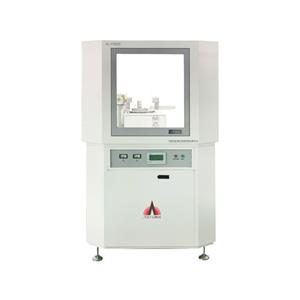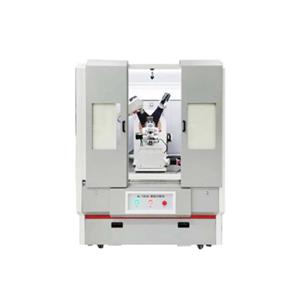FACTORS CONTROLLING THE X-RAY BEAM
The x-ray beam emitted from an x-ray tube may be modified to suit the needs of the application by altering the beam exposure length (timer), exposure rate (mA), beam energy (kVp and filtration), beam shape (collimation), and target-patient distance (long or short cone).
Ⅰ. Exposure Time
Portrays the changes in the x-ray spectrum that result when the exposure time is increased while the tube current (mA) and voltage (kVp) remain constant. When the exposure time is doubled, the number of photons generated is doubled, but the range intensity of photons energies is unchanged. Therefore changing the time simply controls the "quantity" of the exposure, the number of photons generated. The amount of radiation that a patient receives is determined by the mAs (mA x time).
Ⅱ. Tube Current(mA)
lllustrates the changes in the spectrum of photons that result from increasing tube current (mA) while maintaining constant tube voltage (kVp) and exposure time. As the mA setting is increased, more power is applied to the filament, which heats up and releases more electrons that collide with the target to produce ration. A linear relationship exists between mA and radiation output. The quantity of radiation produced (mAs) is expressed as the product of time and tube current. The quantity of radiation remains constant regardless of variations in mA and time as long as their product remains constant. For instance, a machine operating at 10mA for 1 second(10mAs) produces the same quantity of radiation when operated at 20 mA for 0.5 second (10 mAs).
Ⅲ. Tube Voltage(kVp)
Increasing the kVp increases the potential difference between the cathode and anode. thus increasing the energy of each electron when it strikes the target. The greater the potential Difference the faster the electrons travel from the cathode to the anode. This results in an increased efficiency of conversion of electron energy into x-ray photons. and thus an increase in
1) The number of photons generated.
2) Their mean energy.
3) Their maximal energy.
The increased number of high-energy photons produced per unit time by use of higher kVp results from the greater efficiency in the production of Bremsstrahlung photons that occurs when increased number of higher-energy electrons interact with the target.
The ability of x-ray photons to penetrate matter depends on their energy. High-energy x-ray photons have a greater probability of penetrating matter, whereas relatively low- energy photons have a greater probability of being absorbed. Therefore the higher the kVp and mean energy of the x-ray beam. the greater the penetrability of the beam through matter. The radiation that does damage to a patient is the radiation that is absorbed by the patient.




